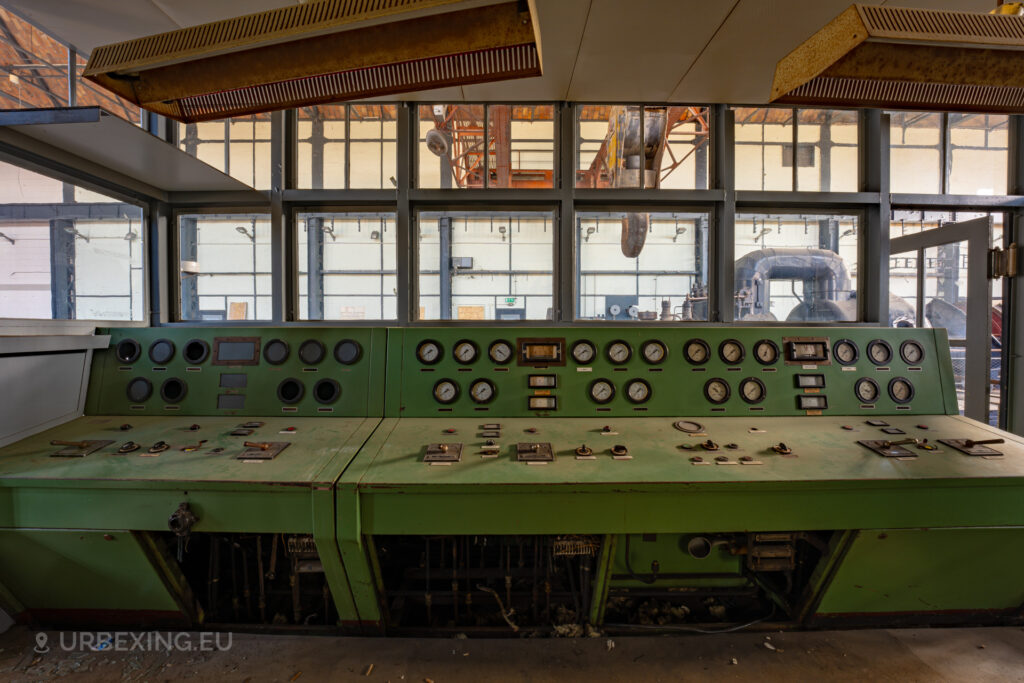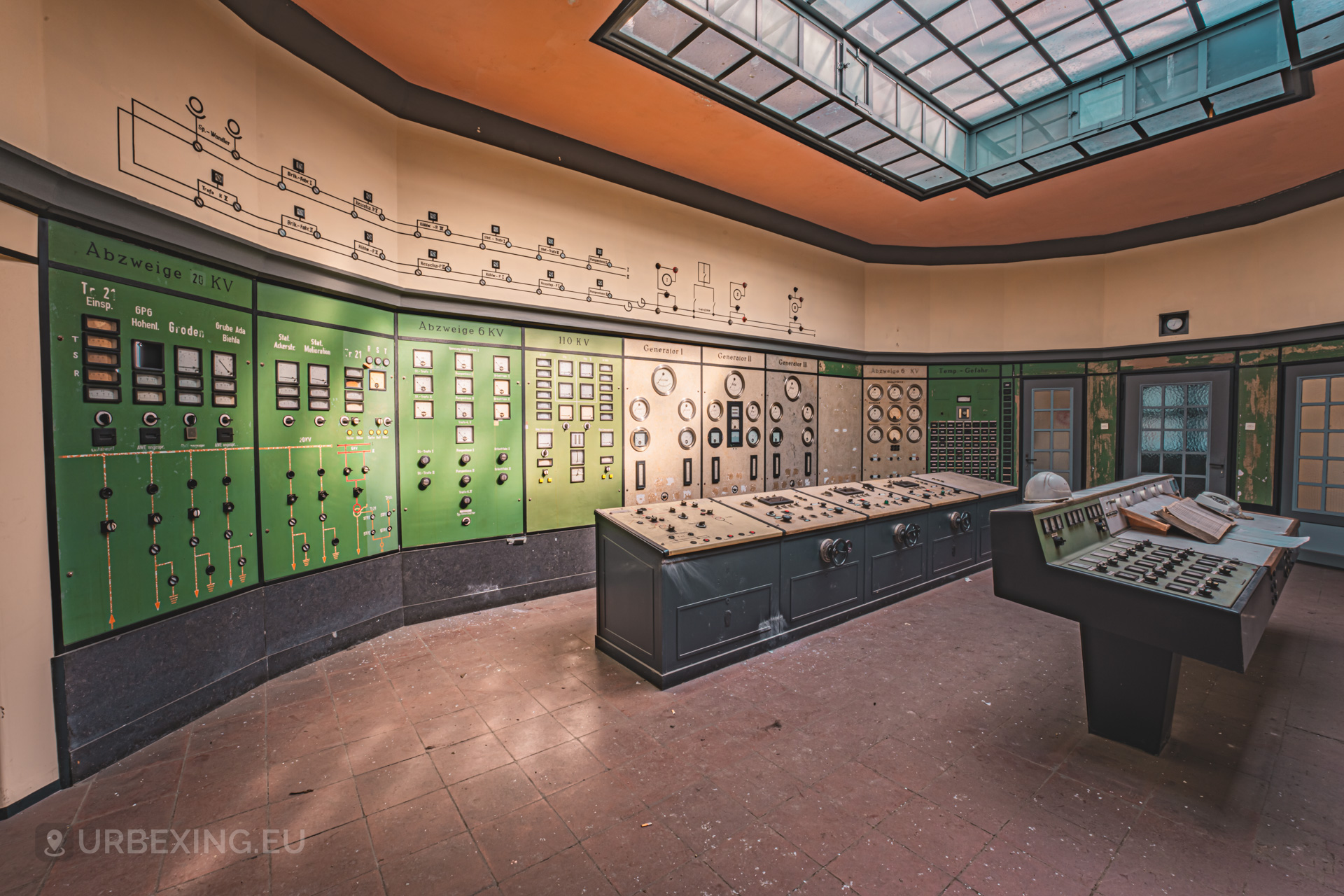The “Kraftwerk P” power plant was a lignite-fired power plant. It was built in the 1920s and was one of the most advanced power plants at the time. The power station underwent various reconstruction efforts over the years before being decommissioned in the 1990s.
The Kraftwerk P power plant was built to increase the burden on the electricity grid; at the time of construction, the grid was supplied by a 4,000-kilowatt diesel power plant. The power plant entered into operation near the end of the 1920s, providing an additional 8,000 kilowatts to the grid. Because of the increased need for electricity, a second turbine was installed a year later, producing an additional 10,000 kilowatts. Another year had gone, and a new turbine with 16,000 more kilowatts had been installed. During WWII, a fourth turbine with a capacity of 20,000 kilowatts was added to the power plant.
The installation of the fourth turbine would mark the end of the power plant’s expansions. After WWII, the plant remained operational for 30 years, during which time many maintenance and modernization modifications were made. The last big modification, an inclined coal conveyor belt, was installed in 1978 and can still be seen today. The power plant was decommissioned a few years later.
Because of the power plant’s interesting history, and especially because it was a very modern plant for its time, the entire site was designated as a historic site. The plant was saved for a time because of this protection. It was transformed into a museum and event venue. Unfortunately, as part of the museum’s event venture, a portion of the boiler house and some turbines were cleaned out.
The museum and event venture was short-lived. The power plant is currently in an unknown state. Vandalism is gradually but steadily taking over the place. Today, the archive hall has been demolished, and the turbine has been cracked open.












